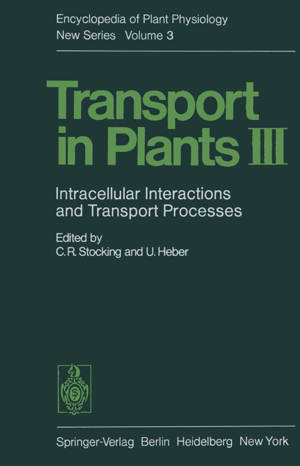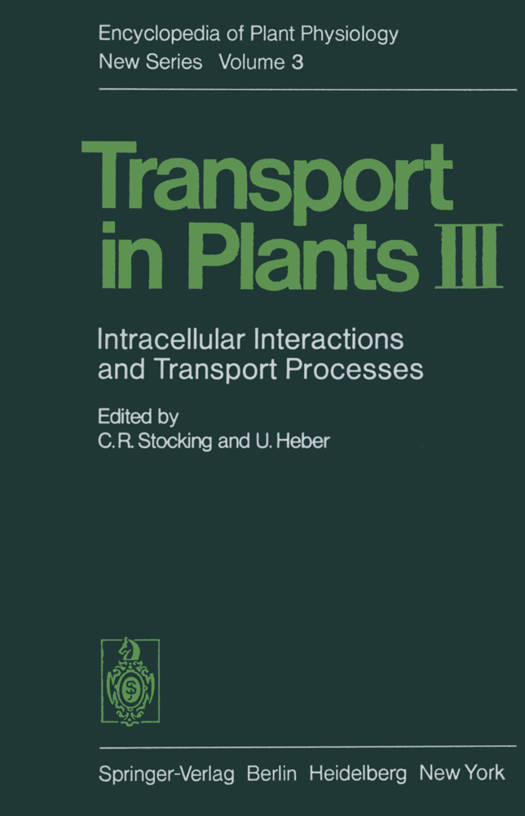
- Afhalen na 1 uur in een winkel met voorraad
- Gratis thuislevering in België vanaf € 30
- Ruim aanbod met 7 miljoen producten
- Afhalen na 1 uur in een winkel met voorraad
- Gratis thuislevering in België vanaf € 30
- Ruim aanbod met 7 miljoen producten
Zoeken
Transport in Plants III
Intracellular Interactions and Transport Processes
€ 150,48
+ 300 punten
Omschrijving
The problems associated with the movement of water and solutes throughout the plant body have intrigued students of plants since Malpighi's conclusions in 1675 and 1679 that nutrient sap flows upward and downward in stems through vessels in both wood and bark. Steven Hale's ingenious experiments on the movement of water in plants in 1726 and Hartig's observations of sieve-tube exudation in the mid-19th century set the stage for continued intensive studies on long-range transport in plants. In spite of this interest for more than 200 years in the movement of solutes and water in plants, it has only been within the last 20 to 30 years that extensive research effort has been directed toward a critical evaluation of the interactions among the various cellular organelles. The important roles played by the exchange of metabolites in the control and regulation of cellular processes is now widely recognized, but in most instances poorly understood.
Specificaties
Betrokkenen
- Uitgeverij:
Inhoud
- Aantal bladzijden:
- 520
- Taal:
- Engels
- Reeks:
- Reeksnummer:
- nr. 3
Eigenschappen
- Productcode (EAN):
- 9783642664199
- Verschijningsdatum:
- 10/12/2011
- Uitvoering:
- Paperback
- Formaat:
- Trade paperback (VS)
- Afmetingen:
- 170 mm x 244 mm
- Gewicht:
- 861 g

Alleen bij Standaard Boekhandel
+ 300 punten op je klantenkaart van Standaard Boekhandel
Beoordelingen
We publiceren alleen reviews die voldoen aan de voorwaarden voor reviews. Bekijk onze voorwaarden voor reviews.







